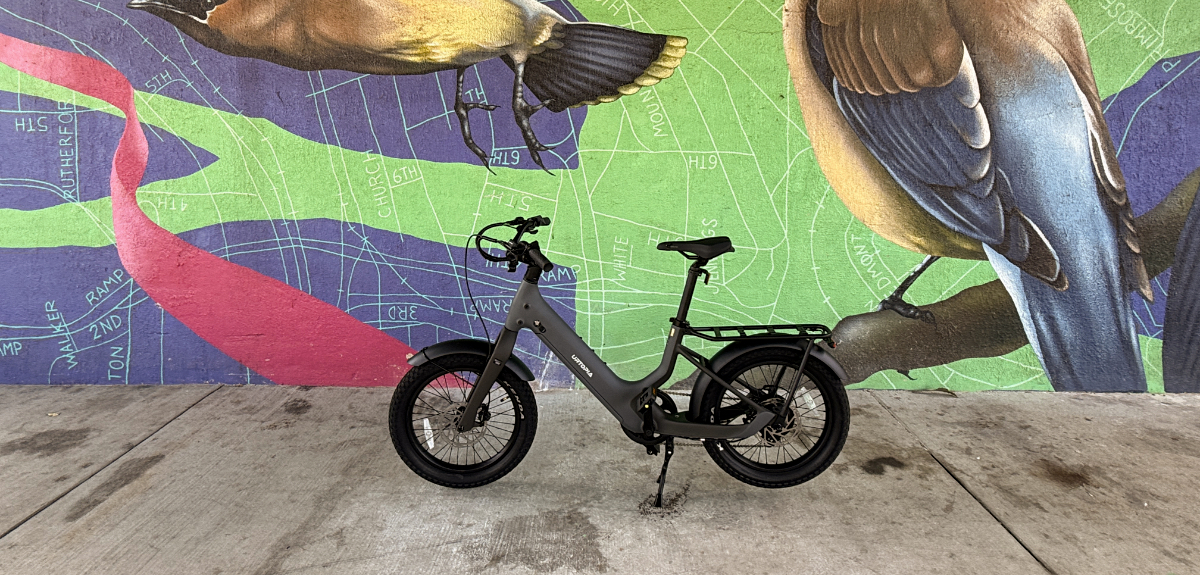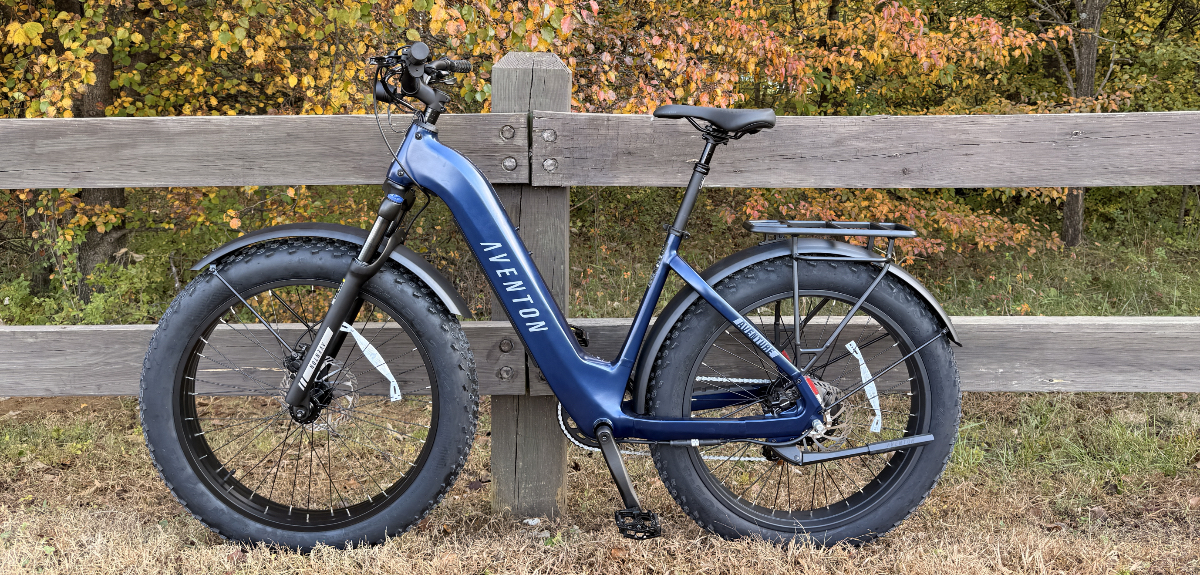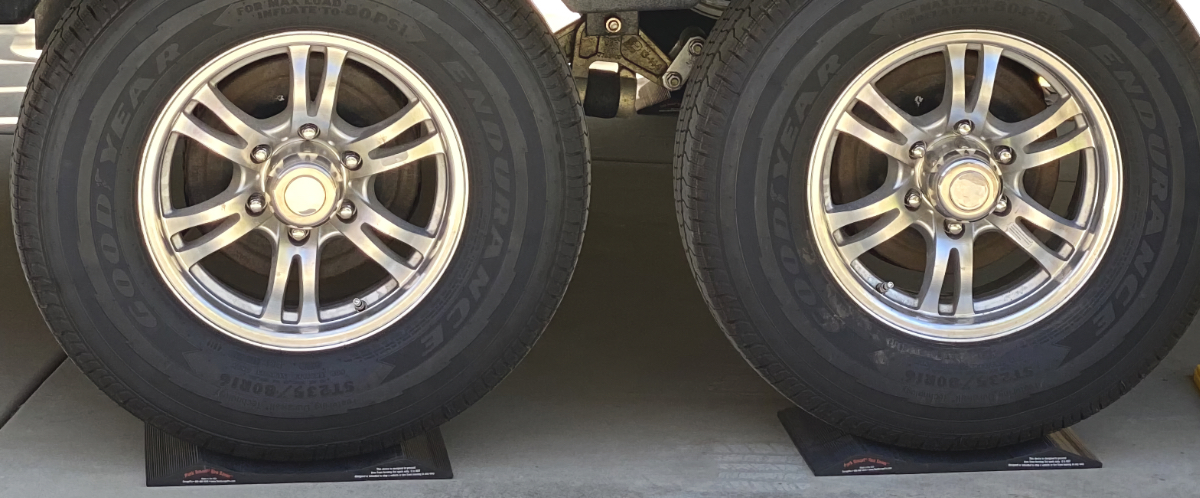Dingy Tow Like a Pro
All the gear you need to captain a dinghy.
Image Caption: Photo Credit: Getty
Last month we looked at the basics of how to get started in towing a vehicle behind a motorhome—or “dinghy towing.” But what about after you get started? Here, we’ll cover some of the items that are needed—or that, at least, help considerably—once you have a dinghy picked out, and before you set out on the road.
Aftermarket supplementary or auxiliary braking systems apply the brakes of the towed vehicle in unison with the motorhome’s brake applications. This reduces stopping distances and the strain on the motorhome’s brakes. These systems are required in Canada and 49 states in the United States, and we highly recommend them.
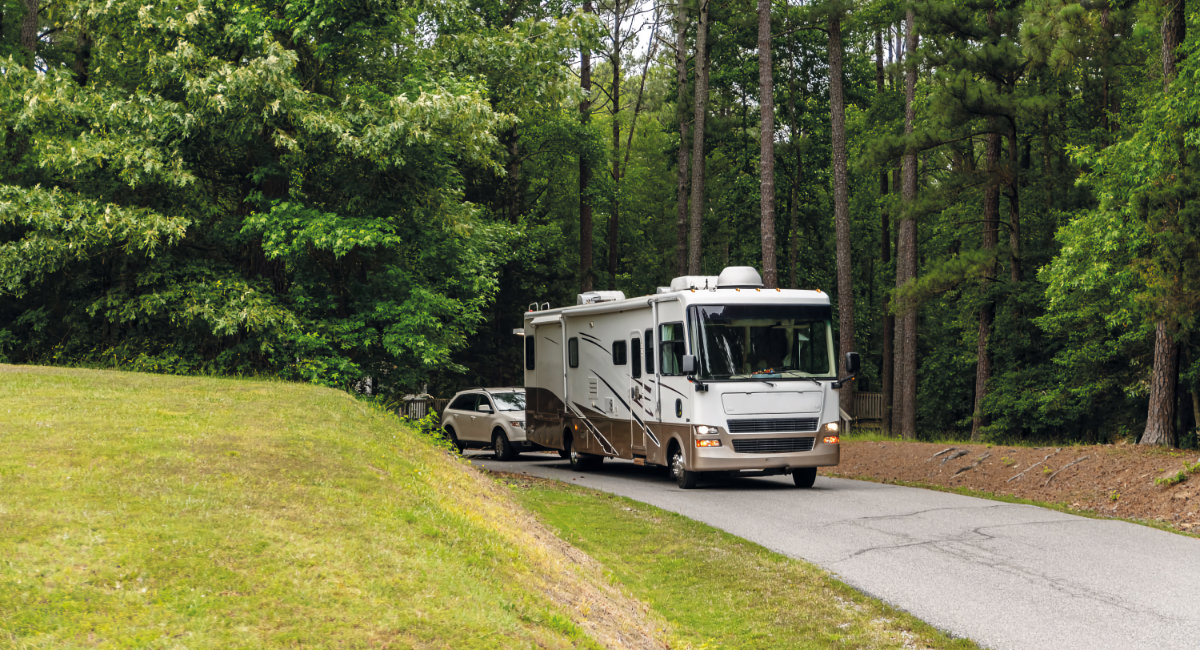
Photo Credit: Getty
A charging line is needed to provide power from the motorhome’s electrical system to maintain a charge in the dinghy’s battery during extended towing. Control boxes are available to keep the batteries at the right state of charge and prevent discharge.
Other items necessary for safe towing include safety chains or cables and a breakaway switch. A pair of chains or cables rated to handle the weight of the dinghy vehicle are required by law. They must be properly secured to prevent the dinghy from completely separating from the motorhome if any part of the hitch or tow bar fails. A breakaway switch is needed to activate the dinghy’s supplementary braking system if the dinghy becomes detached from the motorhome.
Various state laws require lighting on the dinghy vehicle, including brake lights, turn signals, tail and running lights. Some folks use a pair of magnetic-base external tail lights, which are temporarily mounted each time the dinghy is towed. These plug into the motorhome’s trailer light connector. A more convenient long-term solution is to wire the dinghy in such a way that the trailer connector on the motorhome powers the lights built into the dinghy. This may require special wiring kits or electrical diodes, which serve as oneway check valves to prevent feedback into the dinghy electrical system. These parts are available from companies such as Demco, NSA and Roadmaster.
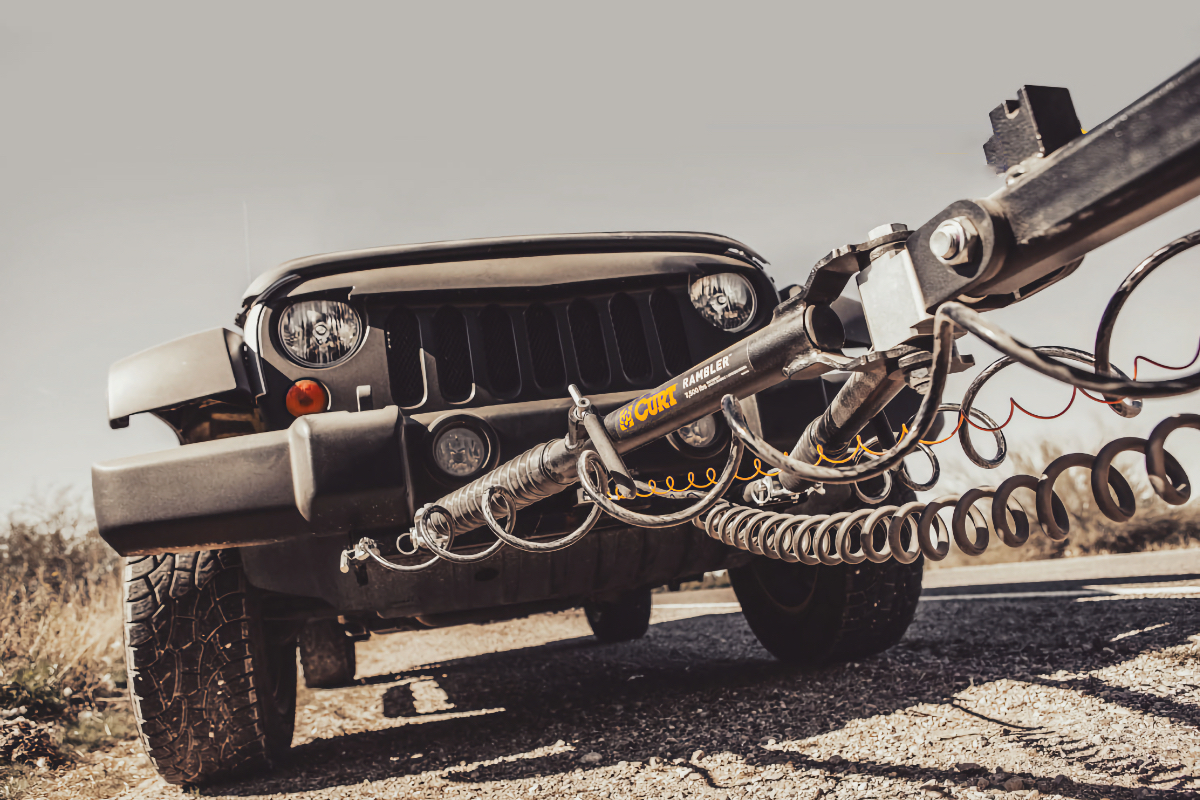
Photo Credit: Curt
When a motorhome tows a dinghy, road grit, gravel and debris can get tossed up by the tires. This can damage the dinghy’s paint and finish. Many owners choose to add protective items, such as motorhome mud flaps, including “hula skirt” types, solid barriers that attach to the tow bars, clear add-on paint protection films and/or front end “bras” to the dinghies.
Some vehicle manufacturers also may require certain fuses to be disconnected during towing for various reasons. There are aftermarket switch kits that allow the circuits to be disconnected remotely with a switch located near the driver. This adds convenience and avoids having to open the hood or other panels to access tiny fuses each time. Additional handy items include locking pins and tow bar covers.
Some of the major suppliers include Blue Ox, Curt, Demco, NSA RV Products, Roadmaster and RVi Brake. Most of these components are readily available from Camping World, local RV dealers and shops that specialize in trailer hitches. Take your time, talk with folks who are already dinghy towing and consider the characteristics of each product before buying. You’ll be setting out on the open road with your chosen rig(s) soon enough.
This article originally appeared in Wildsam magazine. For more Wildsam content, sign up for our newsletter.

